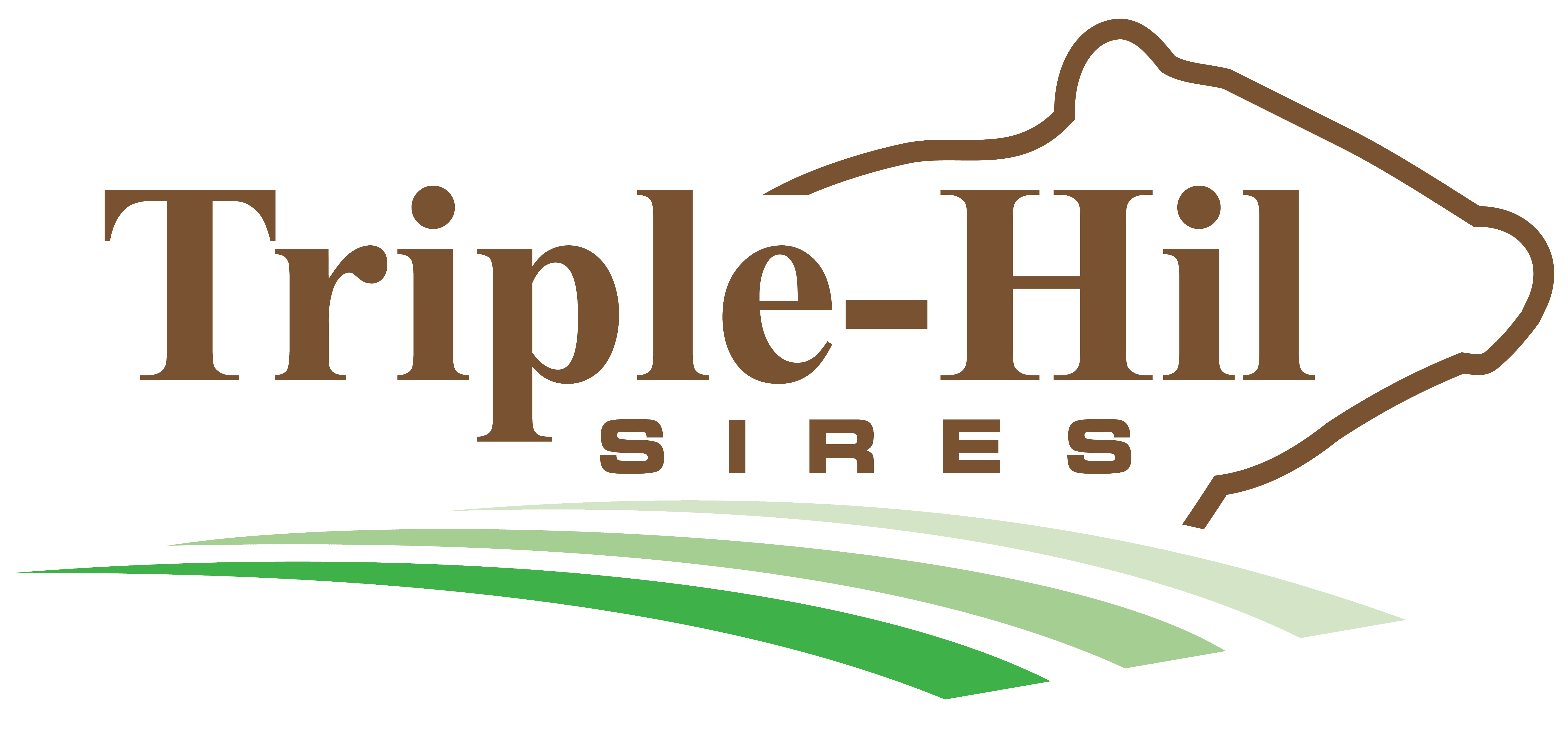New Health Trait Indexes!
New Health Trait Indexes!
CDCB (Council for Dairy Cattle Breeding) the group that now controls sire evaluations, recently unveiled six new health traits which were included in the April 2018 sire evaluations and also incorporated into the Net Merit$ index. These traits are aimed at identifying resistance to:
- Hypocalcemia (milk fever)
- Displaced abomasum (DA)
- Ketosis
- Mastitis
- Metritis
- Retained placenta
A positive value will indicate greater resistance to these diseases compared to breed average. A negative value will indicate a lower resistance compared to breed average.
The assigned heritability for these traits is extremely low.
- Milk Fever: 0.6%
- Displaced Abomasum: 1.1%
- Ketosis: 1.2%
- Mastitis: 3.1%
- Metritis: 1.4%
- Retained Placenta: 1%
In simple terms, this means that, for example, 99.4% of milk fever cases are due to environmental and management causes, while less than half of a percent are due to genetics.
On top of the low heritability, the reliability values for these traits range from 40%-56%. So in reality, that tells you there is roughly a 50% chance of this number being accurate in predicting resistance to a disease that is about 1% heritable.
John Cole, head of the USDA Agricultural Research explains that “as we improve genetic potential of animals, that potential cannot be realized unless the environment the cow is in also improves so those genes can be expressed… Improved cow health is important, but it has to be balanced against other things” Cole continues, “If you put all your emphasis on health and give up too much in terms of efficiency, yield or fertility, you’re not in business in five years…There’s no magic number for everyone to use in making selection decisions,” he said.
Indeed there isn’t. For decades now the geneticists have had us chasing our tails, with single-trait selection indexes that promise great advancements and many times swing the pendulum too far and needs to be addressed by another newly-injected trait a few years down the road.
Our cows don’t live in climate-controlled box stalls with the world’s finest feed brought to them every hour. And neither does the average dairyman in today’s depressed agricultural economy have the money to build a state-of-the-art facility to “express these hidden genes”. We need a cow that can walk for miles, push her way to the feed bunk, withstand the heat and cold, take in large amounts of forage, adjust to ration changes, breed back every year without artificial hormones, and make good milk records with high components. All of this can be accomplished by a cow with a balanced skeletal and muscular structure, and it doesn’t matter whether she is 700 TPI or listed at the top of the Holstein Association Locater List.
I would sum it up in the words of aAa analyzer Greg Palen. “Scientists who developed linear measurements (and health trait indexes, I would add) thought their new program would make aAa obsolete. Instead we find aAa still going strong around the dairy world, after 45 years of linear confusion. How does a program that thrives without breed association or AI stud support or subsidy persist? Because it understands physical heritability and it solves problems of physical function.”
Don’t over complicate things: When you select service sires from lineages of longevity and use each of those sires to individually complement and strengthen each particular mating, your herd will advance in a way that makes the geneticists scratch their heads and wonder.
